ImageTox
Automated image-based Detection of Early Toxicity Events in Zebrafish Larvae
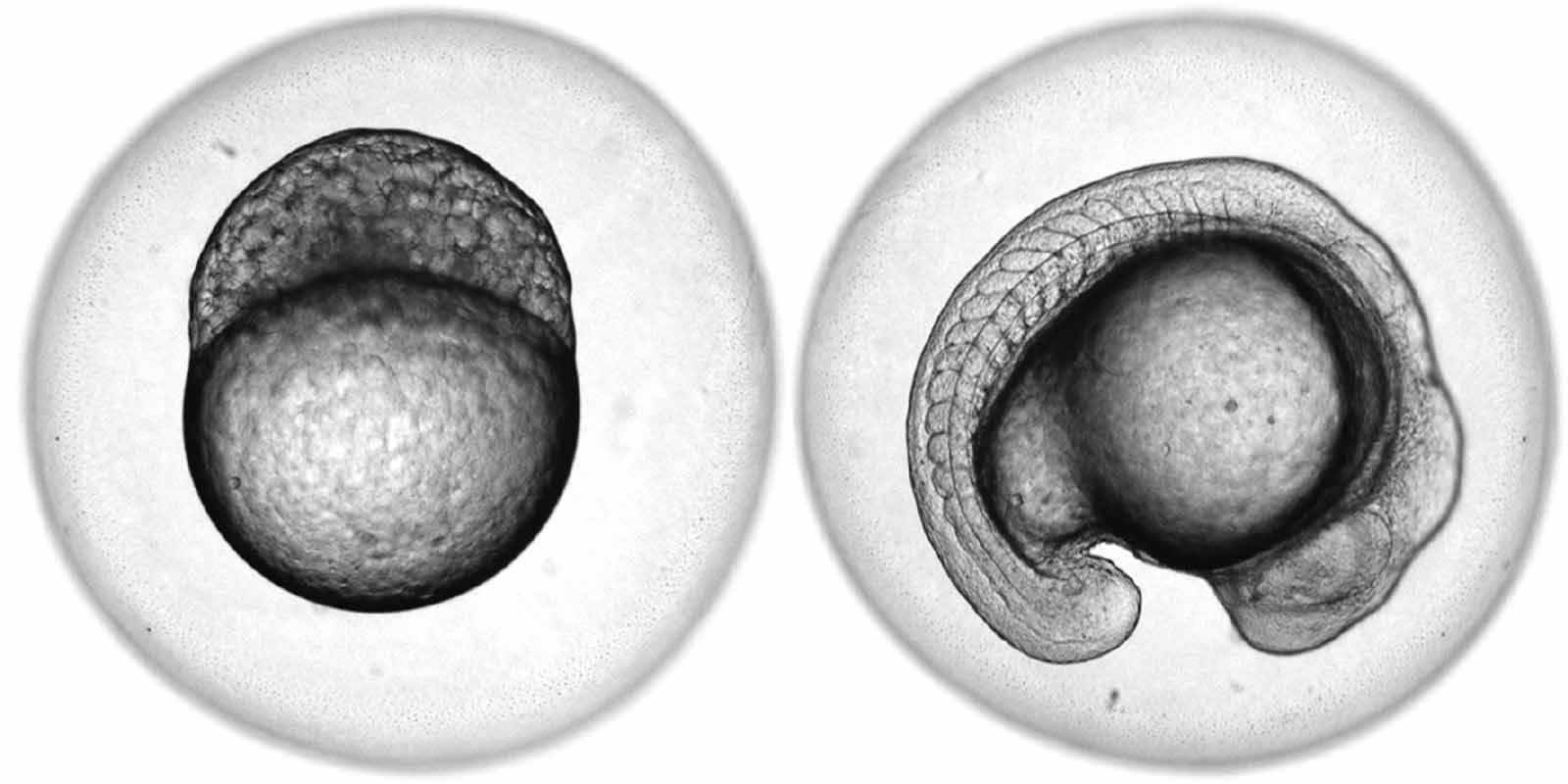
Millions of experimental animals are used for research. During the last years, ethical concerns have driven the need for alternative model organisms. Within the first five days after fertilization, the zebrafish larvae are not considered an animal experiment and hence are a powerful tool for preclinical pharmaceutical studies.
ImageTox wants to establish an automated image-based system to assess larval development. This would allow for a fast and unbiased evaluation of pathophysiological events during toxicological studies. To achieve these goals, the imaging process has to be optimized and a reliable model for sequence recognition based on deep learning has to be developed. With respect to the commercialization of the platform, an early event detection objective will be optimized to gain efficiency.
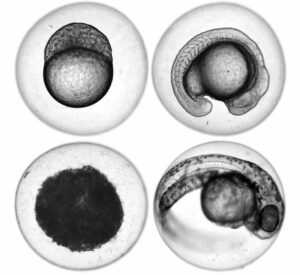
Other projects
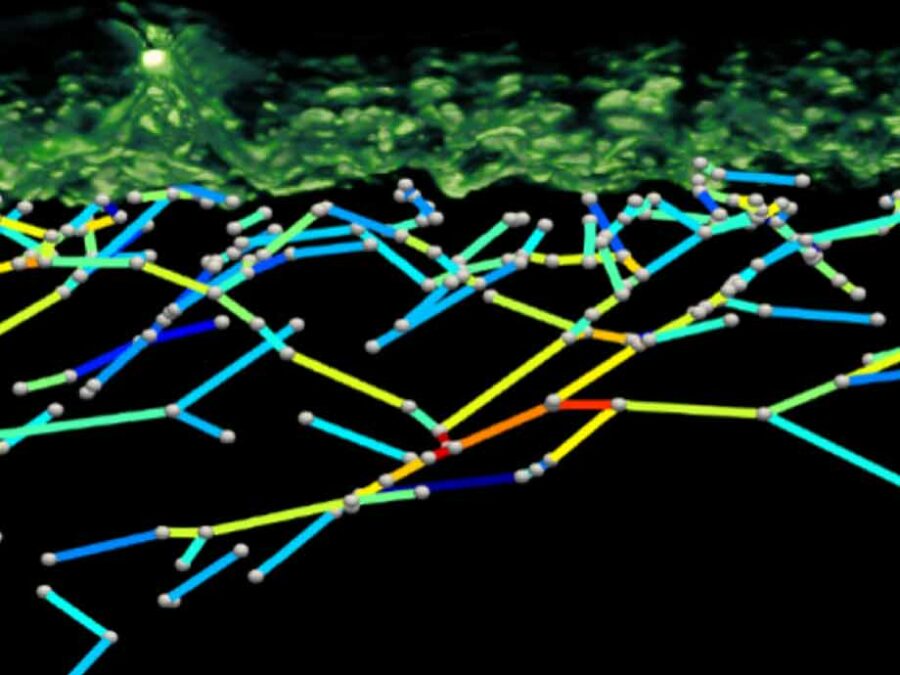
Deep4OM
Deep learning powered optoacoustic mesoscopy for non-invasive diagnostics of skin diseases
Deep4OM aims to develop a deep learning-based framework for optoacoustic mesoscopy image analysis, enabling quantification of human skin biomarkers for non-invasive skin disease diagnosis. Deep4OM has the potential to change the landscape of non-invasive skin imaging, and could significantly promote the diagnostic and prognostic applications of RSOM in clinical routine.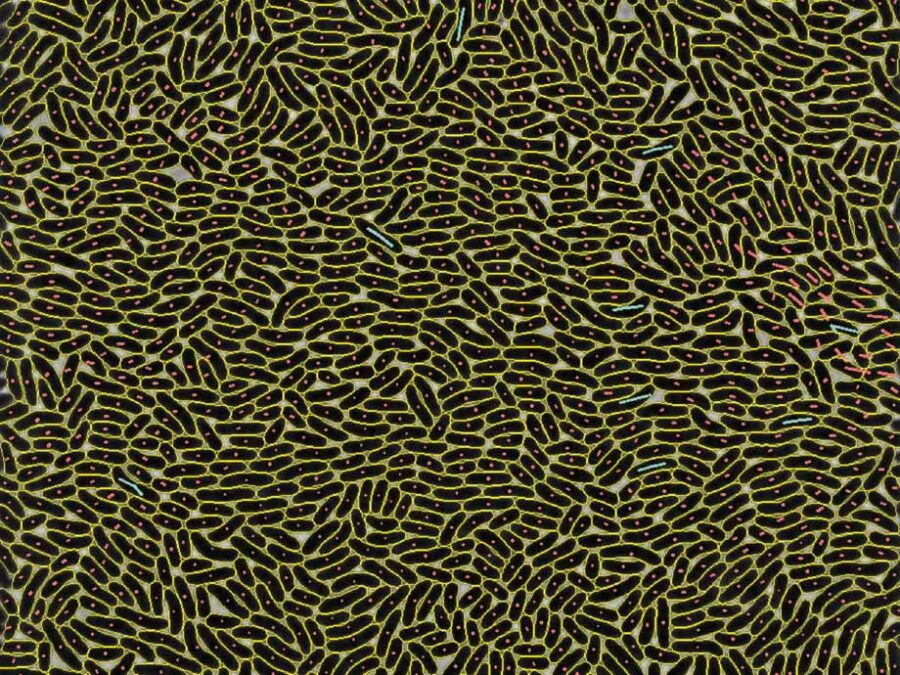
EMSIG
Event-driven Microscopy for Smart Microfluidic Single-cell Analysis
Microfluidic live-cell imaging (MLCI) unlocks spatio-temporal insights into population heterogeneity emerging from a single cell. EMSIG brings smart live-event detection capabilities to MLCI to facilitate the adaptive optimization of biological event resolution and autonomously counteracting deteriorating image qualities.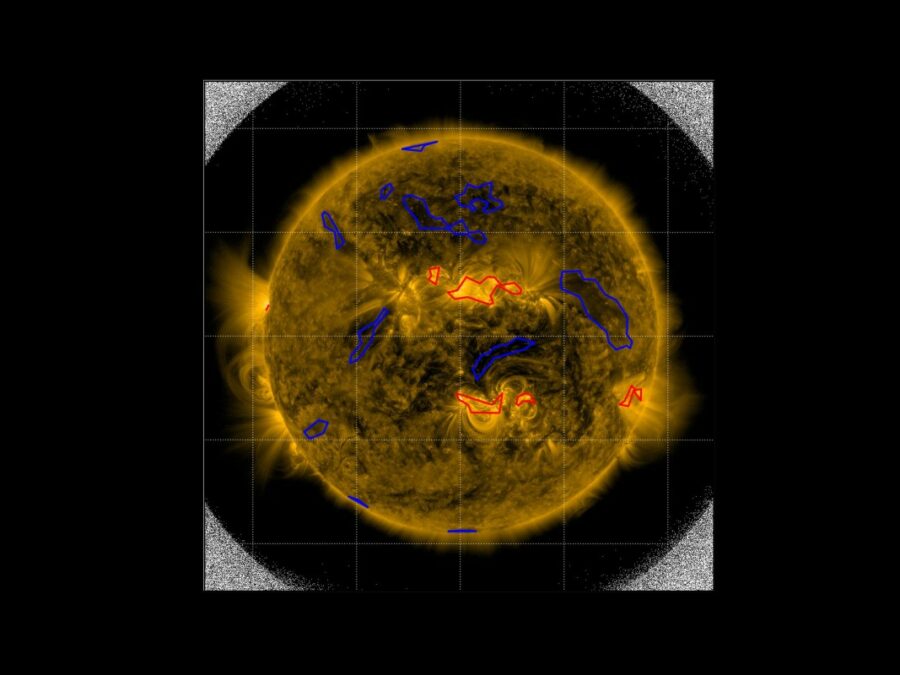
SIM
Solar Image-based Modelling
The aim of the project is to develop an algorithm by which computers can automatically predict the space weather. This will make use of datasets of solar images that have been captured from space. The method could replace computationally demanding physics-based models and deliver space weather forecasts long before the effects of solar events are […]